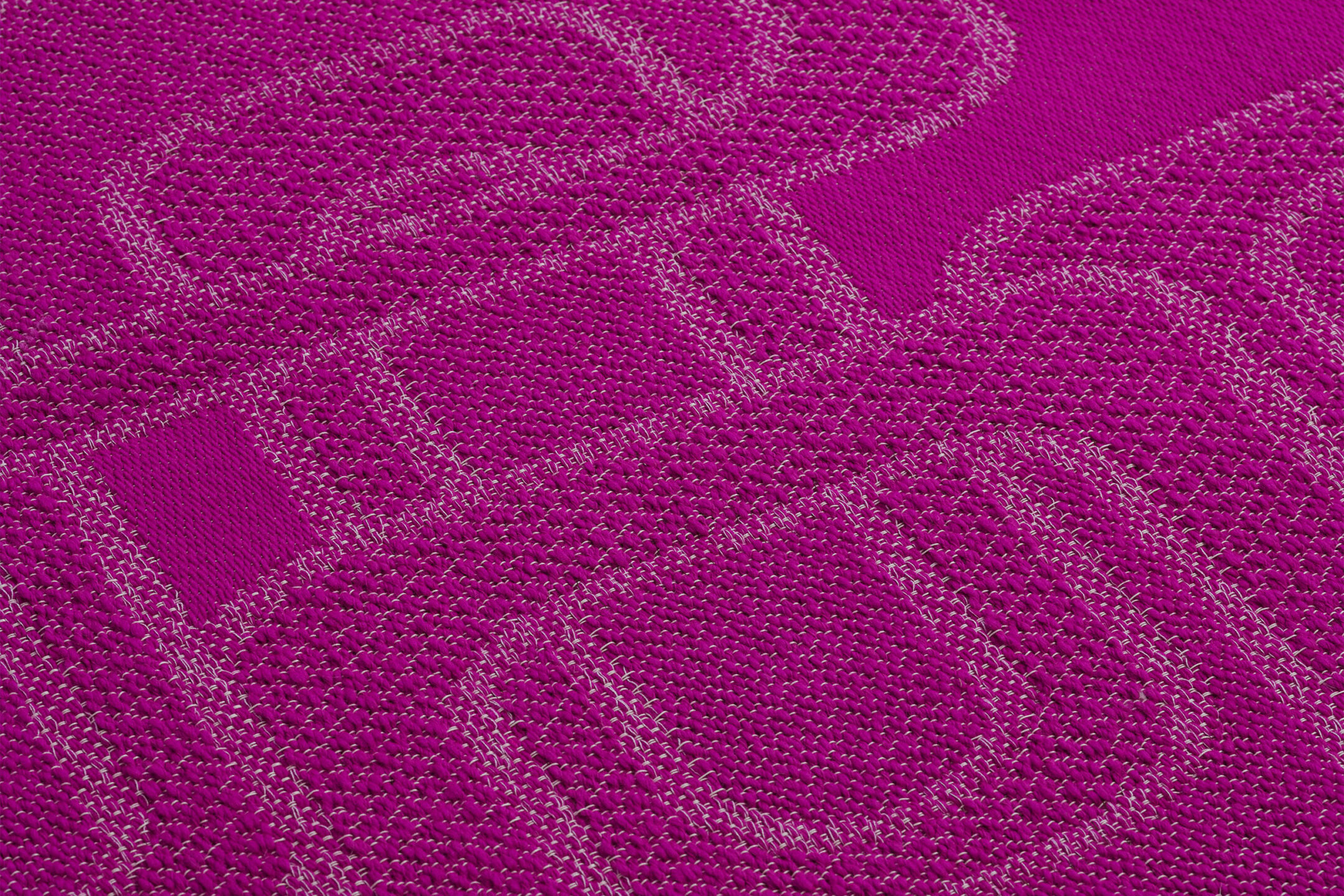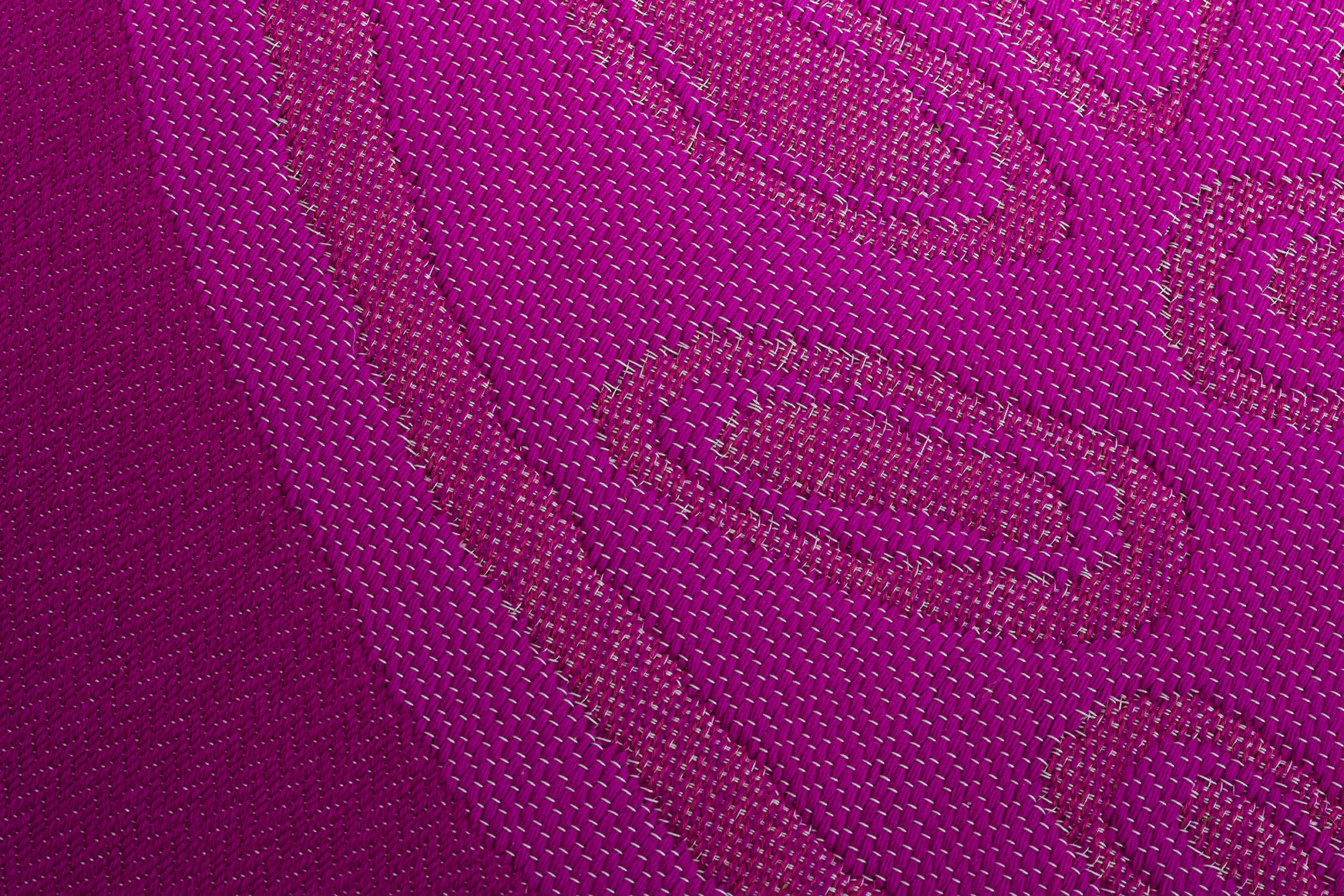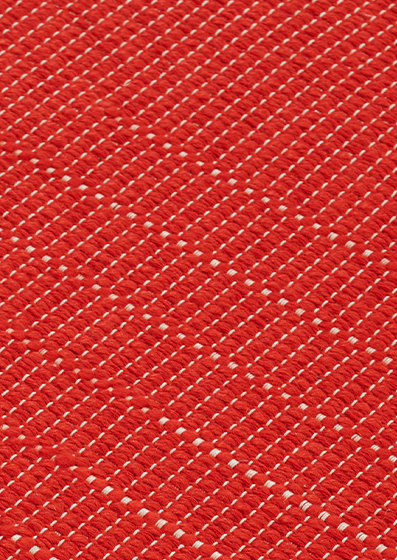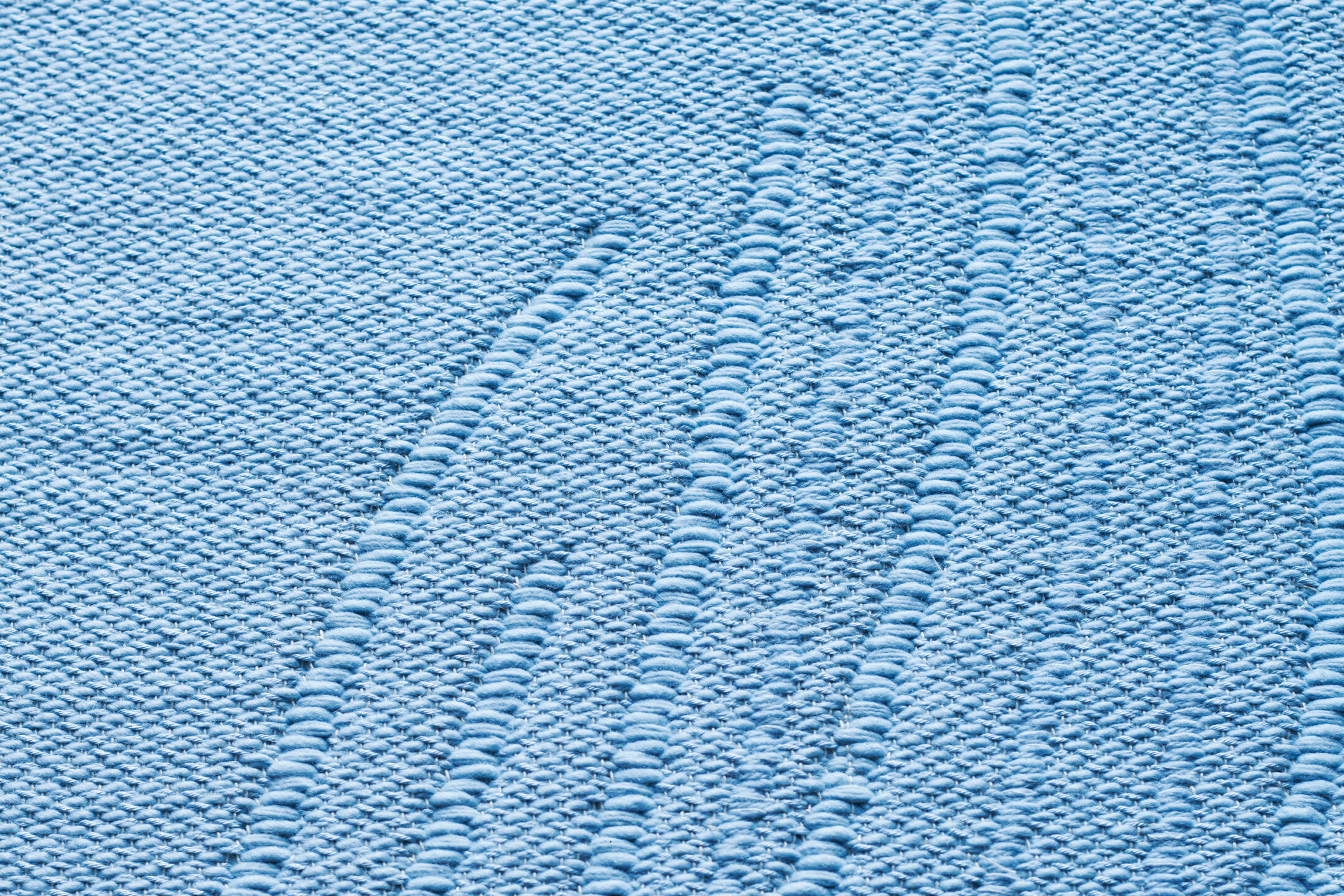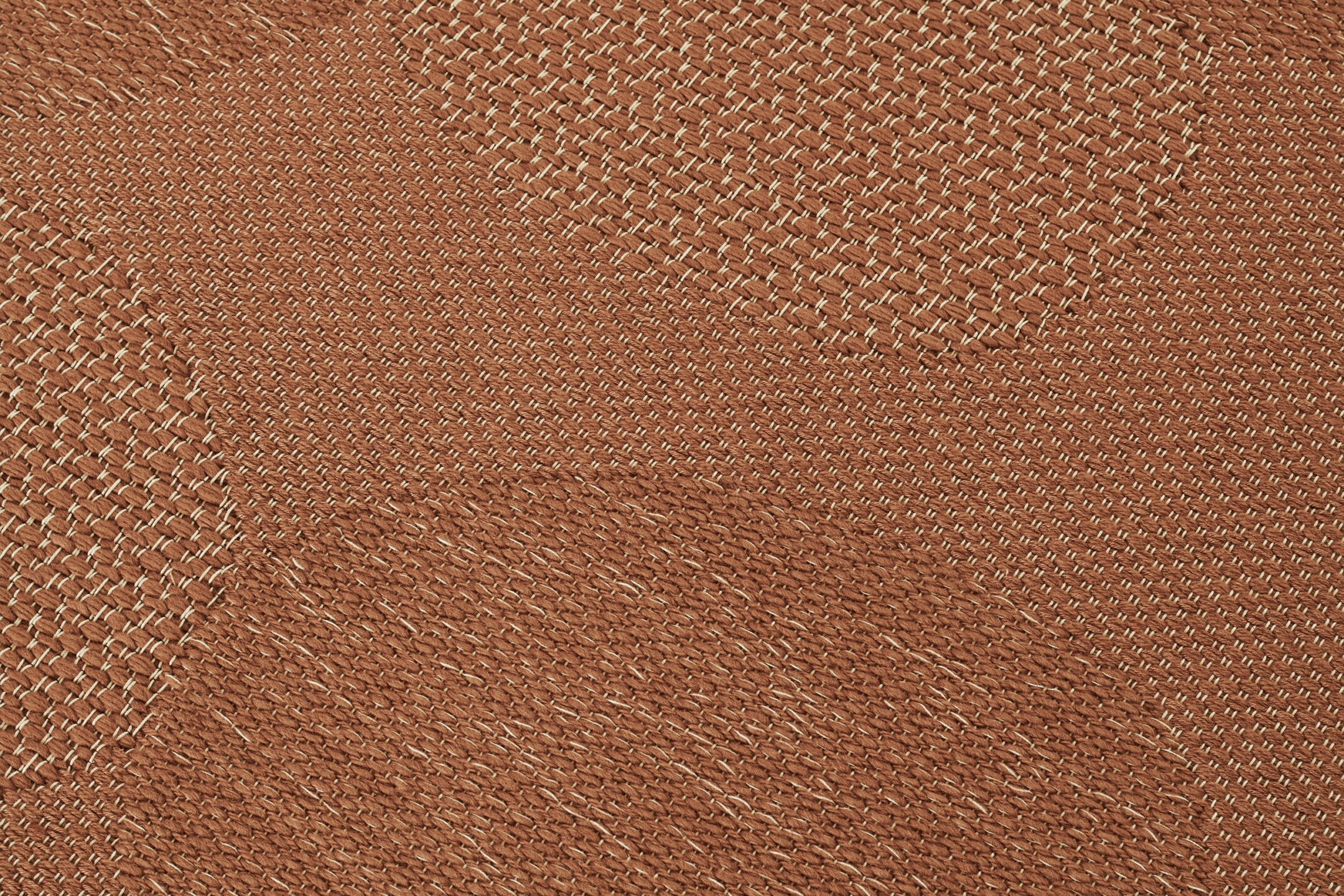Multiple Realities
When I create a rug, I’m not making one version of something. I’m creating a field of realities—a world where many things exist at once, and your observation brings one to life.
This is why I blend, why I ply, why I test the same color across different yarns. It’s not for effect—it’s for depth. Depth isn’t something you can add after the fact. It has to be there from the beginning, in the core of the piece. You feel it or you don’t. Some rugs hold two realities. Others hold twelve.
Until you live with it, you won’t see all of them. That’s part of the beauty. In the gallery, you see a rug in one light, one configuration; but bring it home, put it near a window, watch it through the seasons—and suddenly the piece starts to change. You see little lines you missed. Shadows shift. New colors emerge. You realize you weren’t looking at one thing—you were looking at a surface that contains layers, time, and movement.
This is quantum thinking, in a way. The idea that something can be many things at once, until it is observed. This quantum way of thinking is not a metaphor, though. It’s how I build. Color and yarn with structure create potential. Observation chooses which one you experience.
The warp matters too. In the Atelier series, we use a particular Egyptian cotton warp that I’ve worked with for years. It’s luminous, and that luminosity, like a lens, amplifies everything else. It brings forward certain realities. It helps the eye register dimension where flatness would otherwise prevail.
Even when I design with just one color—monochrome—I am building for complexity. A single yarn card can hold entire conversations. People think monochromatic means minimal, but to me, monochrome is simply the best way to study the particle. If you want to understand the full scope of a single color, you have to isolate it, observe it deeply, and let it unfold.
This is why the yarn card is so important. Each card is a universe. I could talk about one yarn card for an hour—longer if someone asked the right questions. Because what you’re seeing isn’t a sample. What you’re seeing is the architecture of potential.
And that’s what you’re really living with when you have one of these rugs. Not just a surface, but a layered structure that will show you more over time—if you pay attention. That’s why I say you’re not buying one piece. You’re buying a set of realities, quietly waiting for their moment.
